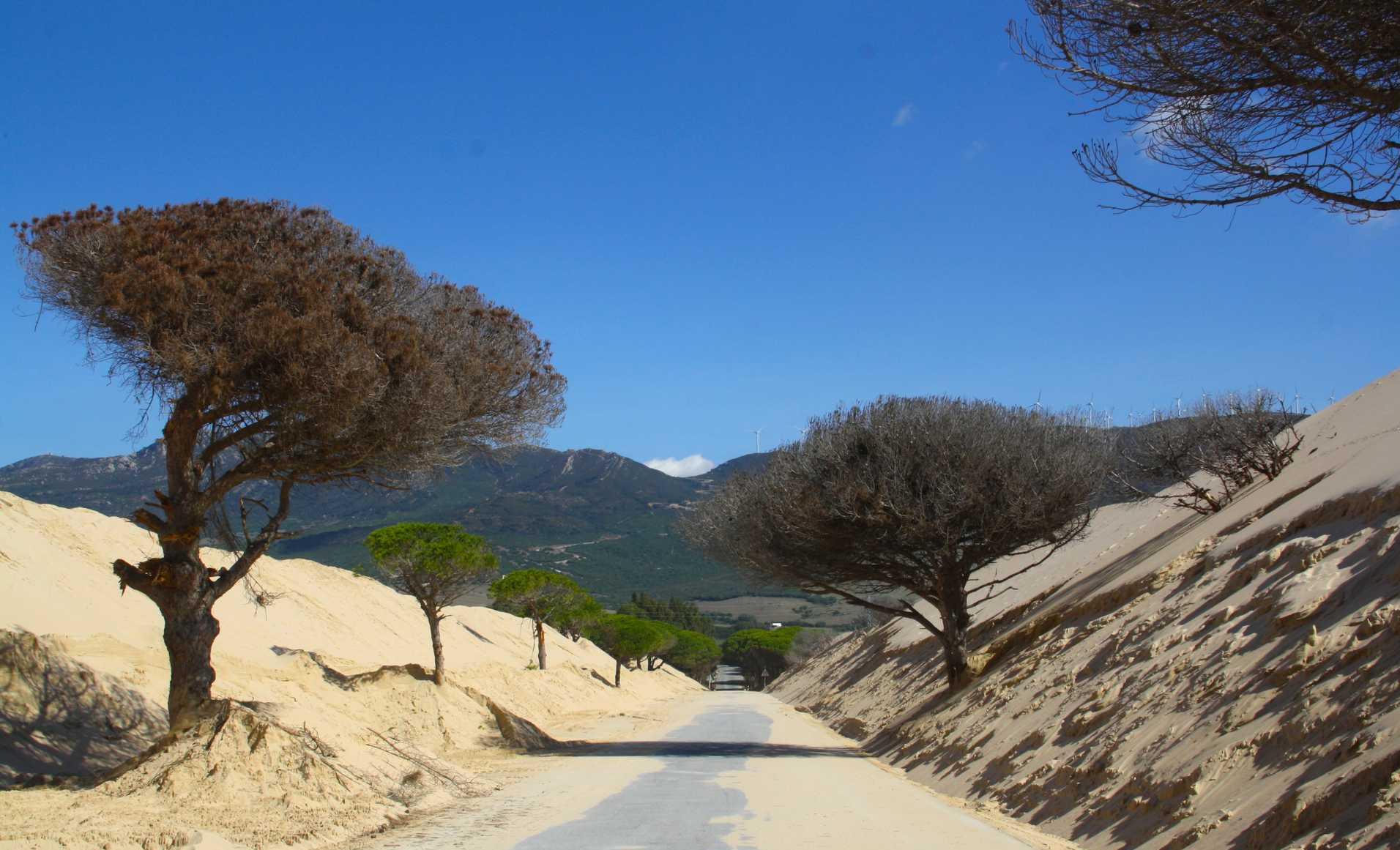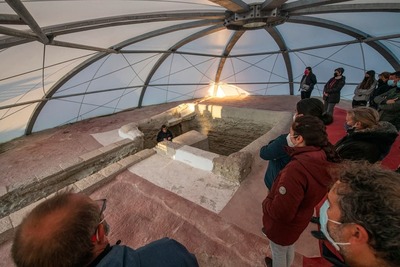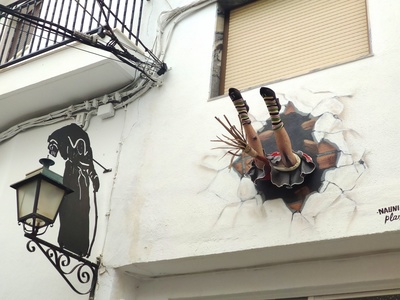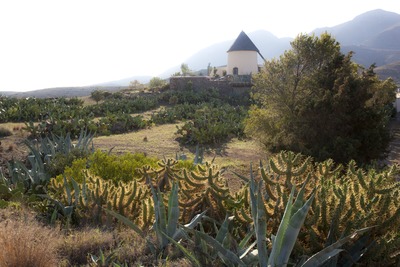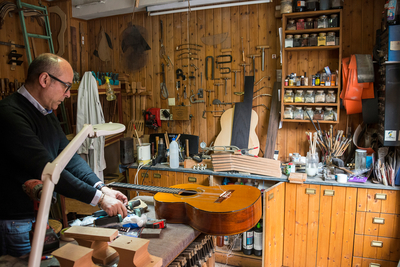"Zambras" in the caves of Sacromonte
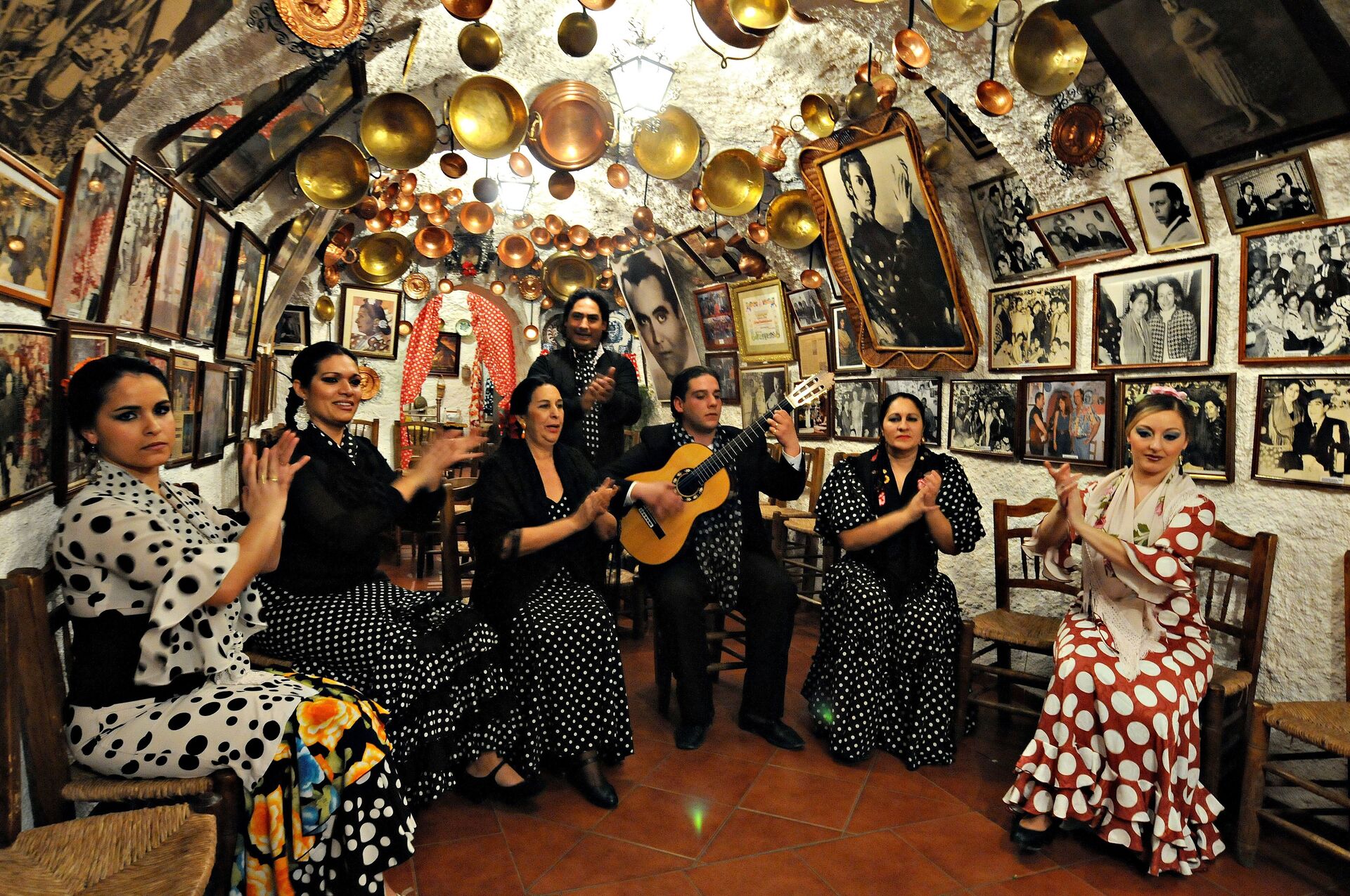
Andalusia is an extraordinary melting pot of cultures which has given rise to a myriad of artistic and cultural manifestations that have enriched each other. Flamenco and its multiple variants, such as the "zambra" (gypsy celebration), are an example of this.
This is a very characteristic Flamenco dance which is an integral part of the eastern Andalusian tradition, specifically in the provinces of Almería and Granada. The name comes from the Arabic word 'zamr', which means toccata, which provides a clue as to its possible origin and provenance.
Legend has it that it was in the Sacromonte caves, a traditional suburb where the Granada gypsies lived, where this art form was born as a product of the blending of the Gypsy and Moorish cultures. As a result of the numerous persecutions suffered after the conquest of the Nasrid kingdom by the Catholic Monarchs, both peoples identified with the same evils, they came into contact and over time the cultural elements of both communities blended until they merged in this very characteristic dance.
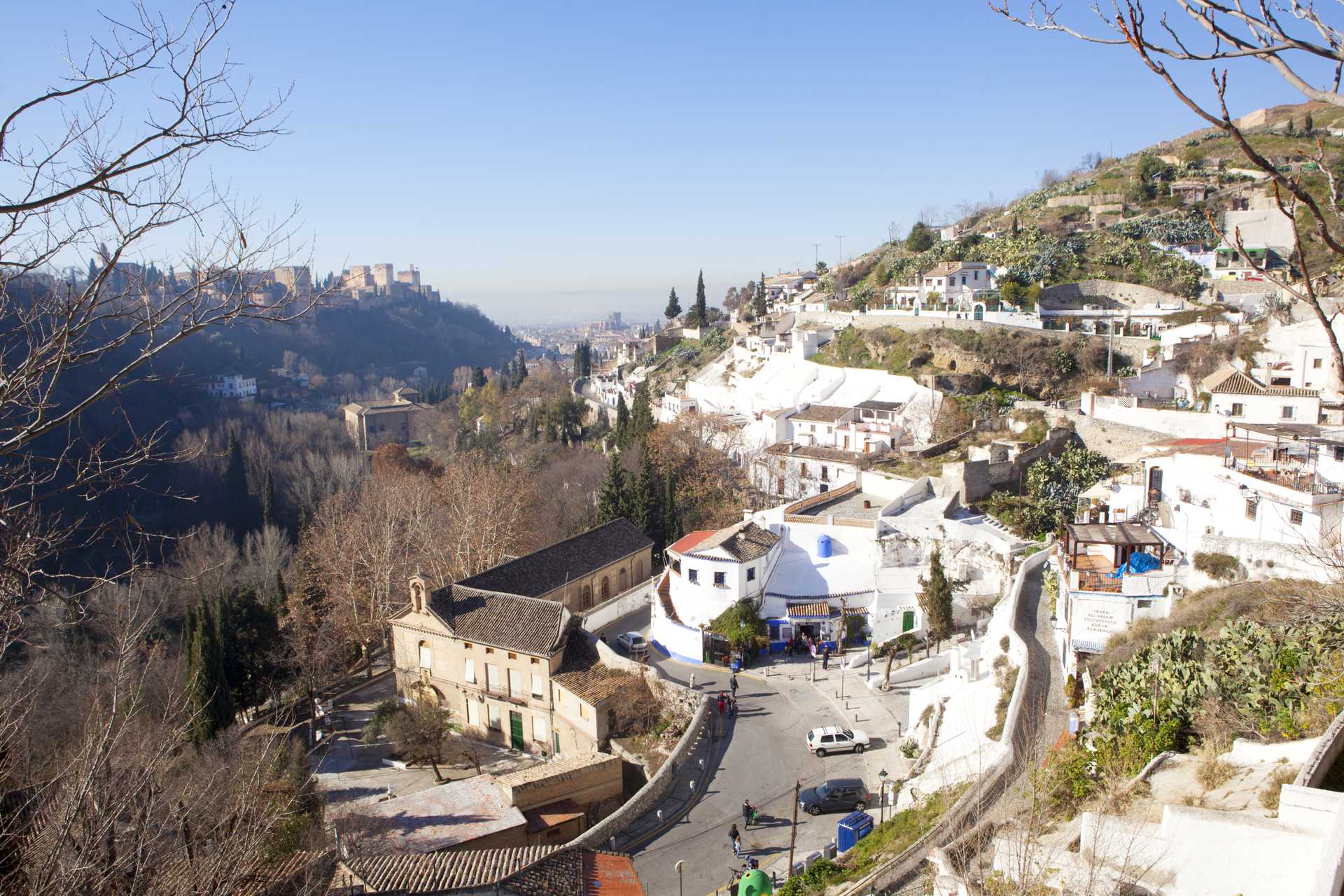
The "zambra" is very common in Gypsy weddings and in many ways is very reminiscent of sensual Belly Dancing. It is performed barefoot, wearing a blouse that is knotted below the breast and a long skirt with deep pleats, which gives the impression that the dancer is floating in the air.
Despite being banned in the 16th century by the feared Inquisition, "zambras" managed to survive the religious veto and the Gypsy community continued to dance them clandestinely. Starting in the 19th century, as a result of the writings of romantic travellers like Washington Irving, this dance became known all over the world. And it was also then that "zambras" and Flamenco recovered their dignity and the caves became a symbol of Andalusian culture.
The Gypsies took advantage of this interest to present performances in the caves, where they continue to live and celebrate their "zambras" in private, but where they also perform for visitors and tourists.
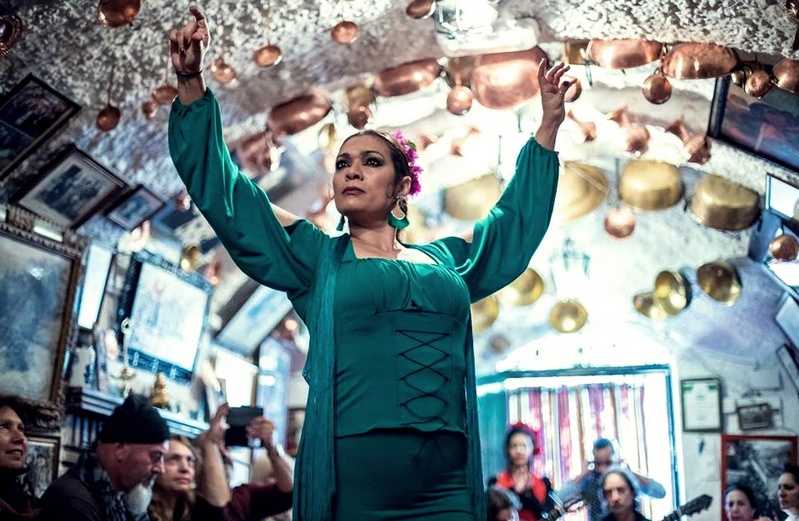
In 2019, the process was begun for the "zambra" to be declared by UNESCO as an Intangible Cultural Heritage. The initiative has received the support of the numerous "peñas Flamencas" and artists who are dedicated to studying and disseminating this art form.




